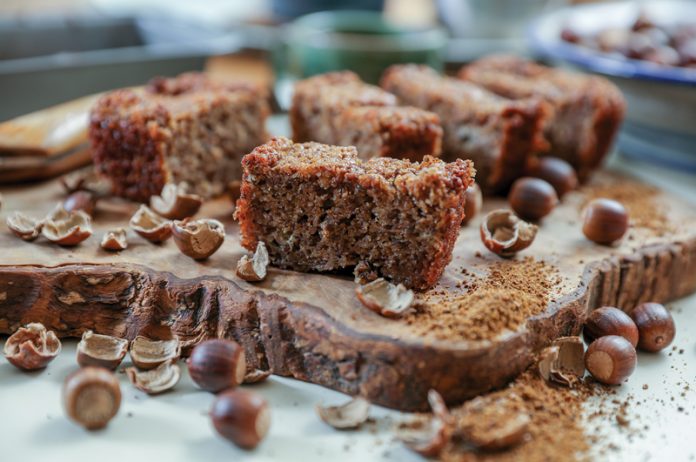Bread was a staple to nearly every human population. The grinding of seeds or nuts into a flour and the kneading of that flour, sometimes leavening, dates back thousands of years.
In ancient Europe, into Africa, parts of Asia, West, and North America all had some ground flour version which was made into a fluffy bread or unleavened bread.
From temperate zones to desert extreme heat and ruthless cold in the northernmost regions. In the Middle East and India, you’ll find flatbread and the Natives’ bannock in places like Canada.
You’ll need some skills and ingredients to be an effective bread baker:
- Flour
- Yeast (if you decide to make the risen bread)
- A Sturdy Mixing Bowl
- Strong Arms to Knead
- Patience
- A Stone in your Over
The Grinding Process
It takes some tact to grind the seeds and the dried roots into flour. Just throw them into a food processor and buzz. Some nuts and seeds to a food processor are too solid. Others may get whizzed into nut butter unless you’re careful.
You can invest in a hand grain mill. Obviously, the preppers see the benefit in that, because a time or a period may come when energy is no longer available.
Without electricity your high-powered grinder would be no good. The hand grain mill isn’t a picnic anyway!
Another tip is to ensure roasting or thorough drying of the products to be ground. If there is too much humidity you will never make flour. You are just going to make a paste.
Now let’s look at the 6 plants in the backyard that you could use right now to make meal with and then use that meal to make bread.
Related: How to Make 10 Types of Survival Bread
Acorns
Native Americans used the acorns of the large oak for a very long time to make the flour. They’d even eat it as they fall. There’s a good chance you got acorns right now on or around your yard! They are common.
They’re still packed with tannins, though, and because of that, they’re so bitter you need to leech the tannins out. It can be achieved by boiling them into different pots of water. Start them in cold water, then bring it to a boil.
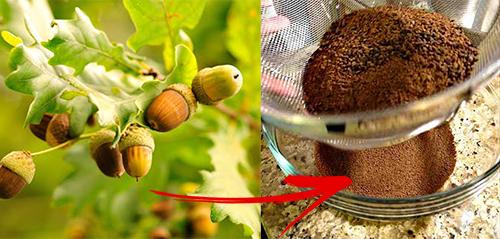

Dump the water, and restart the process. To get to an edible state do it at least 3 times. Food that’s tannin-heavy will cause you to vomit if you eat too much.
Before the leaching process, the acorns should be shelled, roasted and pulverized. Only when it comes to harvesting go for the white oak. They have the smallest amount of tannins.
Amaranth
Amaranth seeds become ever more common. They are a much healthier alternative to regular flour, and have a decent content of proteins.
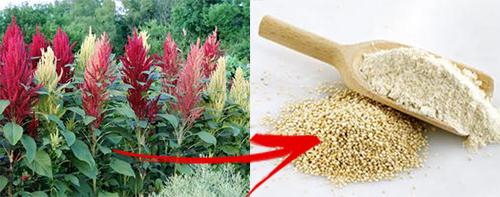

You’ll either have to grow amaranth or know of nearby amaranth field.
Amaranth can be harvested easily when you find plenty of it bearing seed. Amaranth also represents a gluten-free option for those who need it.
Related: 14 Prepper Uses For Bread That Will Blow Your Mind
Dandelions
Dandelions are unique in that you can actually make bread using the dandelion flowers! You don’t even have to convert it to flour. You could use your acorn flour and some fresh dandelions to make a bread loaf with multiple ingredients which is fully foraged.
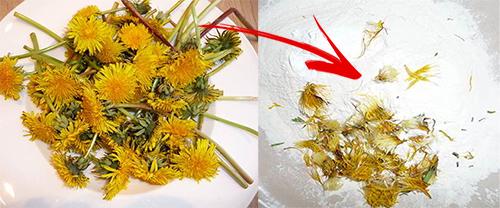

Please see here how to make dandelion bread step by step with pictures. This is quick bread that requires eggs and is very tasty.
Cattails
The cattail was long known as best friend of the survivor. From their edible shoots and even that starchy root to their tinder tops. In this one we will be concentrating on the root. If you originate some nice cattail roots you can make some cattail flours.
They need to be washed off first, and then sliced thinly. For 3-5 hours, put these in a 200-degree oven to dry them out. Most people are going to roast them but I like to nearly dehydrate them.
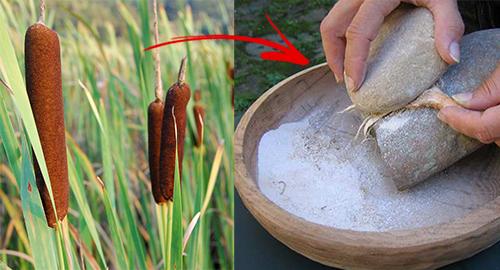

Remember what I have said about the humidity. Plus, you can avoid adding oil or the like.
You can run them through your grain mill until they’re dried. This flour can be used for making leavened or unleavened bread.
Curly Dock
Harvesting curly dock seeds may require a serrated blade, as the stem is woody. You have to be cautious about things like rot and bugs. Bugs like handing over under those seed pods. You don’t want bugs mixed in your flour.
I’m going to warn you; it’s not a fast process, but it’s worth trying.
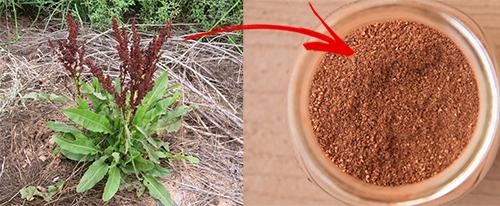

Shuck the branches off the seeds and onto your sheet pan. You’ll want to pick them up and then rinse them all out for about 15 minutes before drying in an oven at 200 degrees.
You will then want to roast them for about 15 minutes more. That will help separate from the tedious chaff.
Crab Grass
Crabgrass was a popular edible used to make flour, a couscous like food and even fermented to make beer! One plant sets as many as 150,000 seeds out.
Like most plants with tiny seeds, husking them all is a time-consuming process. To get the work done, ancient people used a mortar and sand then a fine sieve. You will get large quantities of seeds no matter how you do it.
It can easily be ground into flour after the chaff is separated, and that flour is used as a substitute or combined with wheat flour.
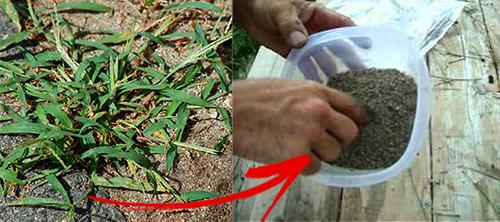

Crabgrass is actually a popular grain in Africa and yields 17 tons per acre! This could be the perfect backyard ingredient for making bread.
Many of the practices, skills, and foods that kept our ancestors alive were cast out and forgotten. It is one of 20th-century’s darkest parts. The convenience which made life feel so good erased the need for independence and self-reliance.
Each of these flours in the backyard and the corresponding bread is something people eat in other parts of the world, or have eaten throughout history.
If you plan to rely on backyard flours and bread, now is the time to make them. Trust me. Do not make the mistake of learning how to separate the chaff from curly dock seeds when you are at the table with a hungry family.
Related: Easiest Survival Bread Recipe



